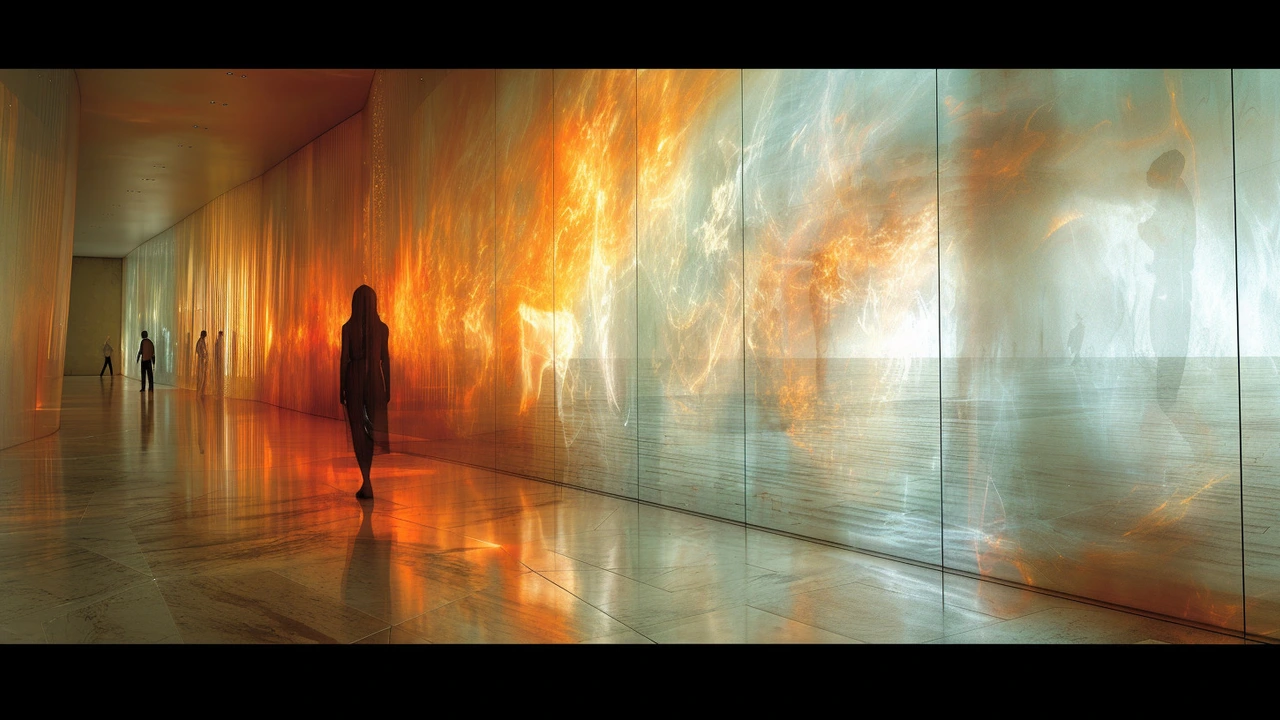Emotional Wellness Through Art: Simple Ways to Feel Better
Art can change how you feel fast. Whether you stare at a photorealism portrait, move through an installation, or splash paint like an expressionist, art affects the body and mind. This page shows quick, practical ways to use visual art to ease stress, boost mood, and find calm.
First, notice what your body does around art. Your breathing, posture, and face shift when a piece grabs you. Use that. Spend five minutes with one artwork—look slowly, breathe with the image, and name one feeling that comes up. Naming feelings reduces their intensity and gives you control.
Ways to use art for daily emotional care
1) Create a micro-gallery at home. Pick three pieces—photos, prints, or even a postcard—that lift you. Place them where you pass by often. A three-second look can reset your mood more than you think.
2) Try movement with art. If a painting makes you tense, move your body to match it. If it soothes you, slow your breath and mirror its calm. This links your emotions to physical action, which helps shift mood faster than thought alone.
3) Make quick art rituals. Spend ten minutes making marks without judging them. Use charcoal, a marker, or a finger on a fogged mirror. The goal isn’t a masterpiece; it’s release. Many artists from Abstract Expressionism to Fluxus used simple acts like this to process feeling.
Using museum visits and public art
Museums and urban art can be tools, not chores. Before you go, pick one theme—color, texture, or faces—and hunt for it. Focused looking stops rumination and brings you into the present. If crowds stress you, visit smaller galleries, or go early when it’s quieter.
Street art and installations make emotion public. Walk a route with public works and treat it like a short therapy session: notice what surprises you, what annoys you, and what delights you. Writing one sentence about each stop helps lock in the benefit.
Use art from movements that match your aim. Need energy? Look at Futurism or photorealism detail. Need release? Abstract expressionist works push big emotions out. Want reflection? Minimal Bauhaus pieces or De Stijl balance can calm racing thoughts.
If you’re caring for someone else, invite them to pick art rather than telling them what to see. Shared choice gives people control, which eases anxiety. Finally, keep it practical: short, regular interactions beat rare grand gestures. Small art habits add up to real emotional change.
Want a guided starting point? Try this 15-minute exercise: pick a photo or painting, spend five minutes looking without judgment, write three quick words about what you felt, then spend five minutes sketching a shape inspired by that feeling. Finish with five slow breaths while looking at your sketch. Do this three times a week and track how your baseline mood shifts.
If you feel stuck, join a local art group or online forum where people share short prompts. Seeing how others respond frees you from overthinking. Small social nudges can keep the habit alive.
Start with five minutes today. You'll thank yourself later.

